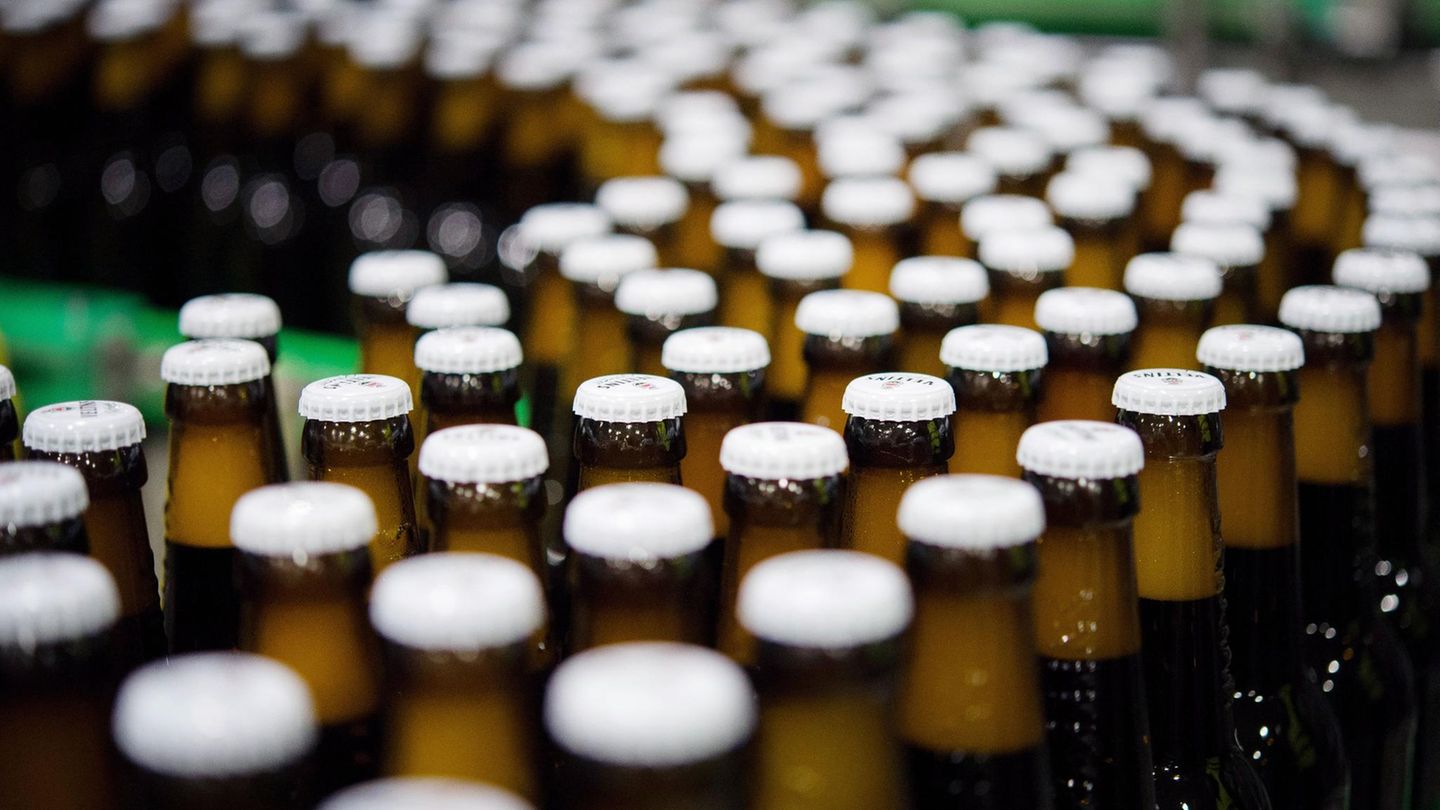Times are currently not easy for organic farming in Austria, which is also reflected in the figures: in 2023 there was a slight decline in both the number of organic farms and the organic area. The number of farms fell by 1.4 percent to 4,553. In the same period, the area fell by 0.5 percent to 92,832 hectares. The organic share in relation to the area is 19 percent: the share is particularly high in grassland at around 27 percent. Organic arable land accounts for around twelve percent of the total arable area in Upper Austria. “We are used to a different development. At the moment there is no growth in the organic sector, several farms have actively dropped out. We are only very rarely managing to attract new farms,” said Franz Waldenberger, President of the Upper Austrian Chamber of Agriculture, at a press conference in Linz on Monday. There are several reasons for this development. Firstly, the structural change is also noticeable in organic farming, and there is a lack of young talent on the farms.
The situation on the markets is currently difficult: prices in arable farming have settled at a low level and are in the range of what they were ten to 15 years ago. In addition, there is currently no demand from consumers for the more expensive organic products. However, the costs for farmers have increased. In addition, bureaucracy is putting pressure on farmers, says Waldenberger: “The new EU organic regulation has brought numerous changes in the area of documentation and official application procedures. The companies are used to controls and records, but at some point the frustration limit is reached. The farmers want to farm, not deal with paperwork.”
20 million more for organic farmers
In order to stimulate growth again, more attractive conditions are needed, says Magdalena Barth, chairwoman of Bio Austria in Upper Austria since April. A first step has been taken with the improvements to the Öpul environmental program: In the current period of the EU’s Common Agricultural Policy, there have been deteriorations compared to the previous period, for example because a requirement for seven percent biodiversity areas per farmer was established. In addition, the premium for organic farming fell. After renegotiations, Austrian organic farms are to receive 20 million euros more from 2025, for example in the form of a surcharge for circular economy.
“}”>
Image: LK
Source: Nachrichten




